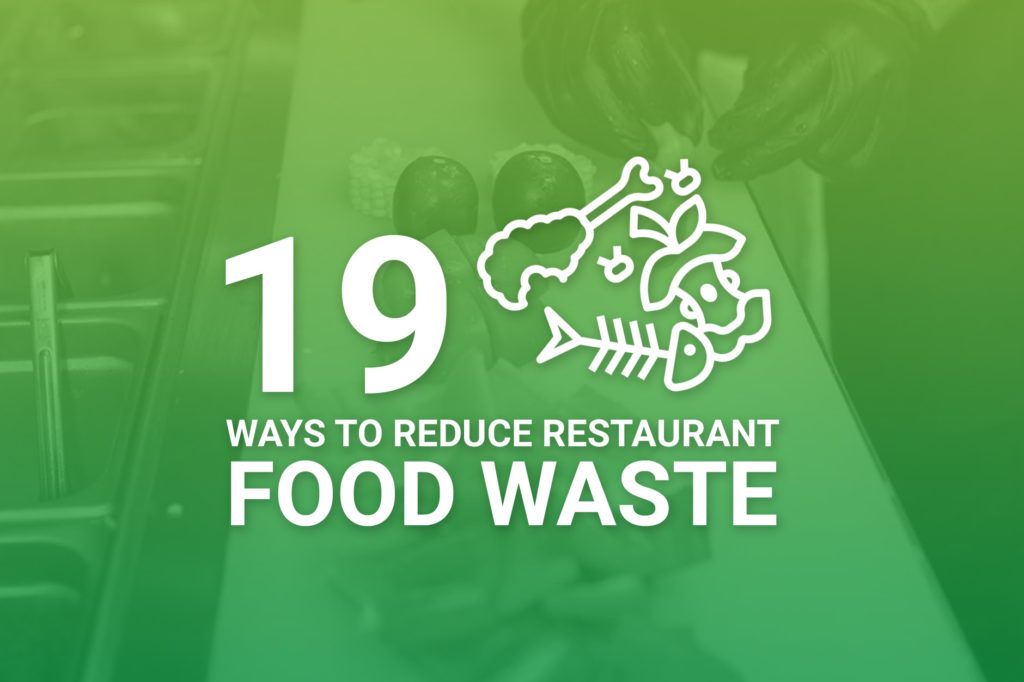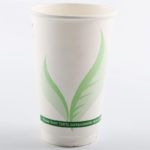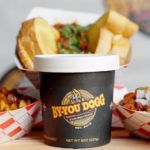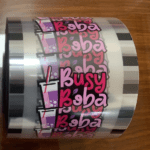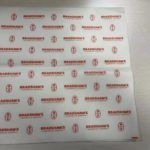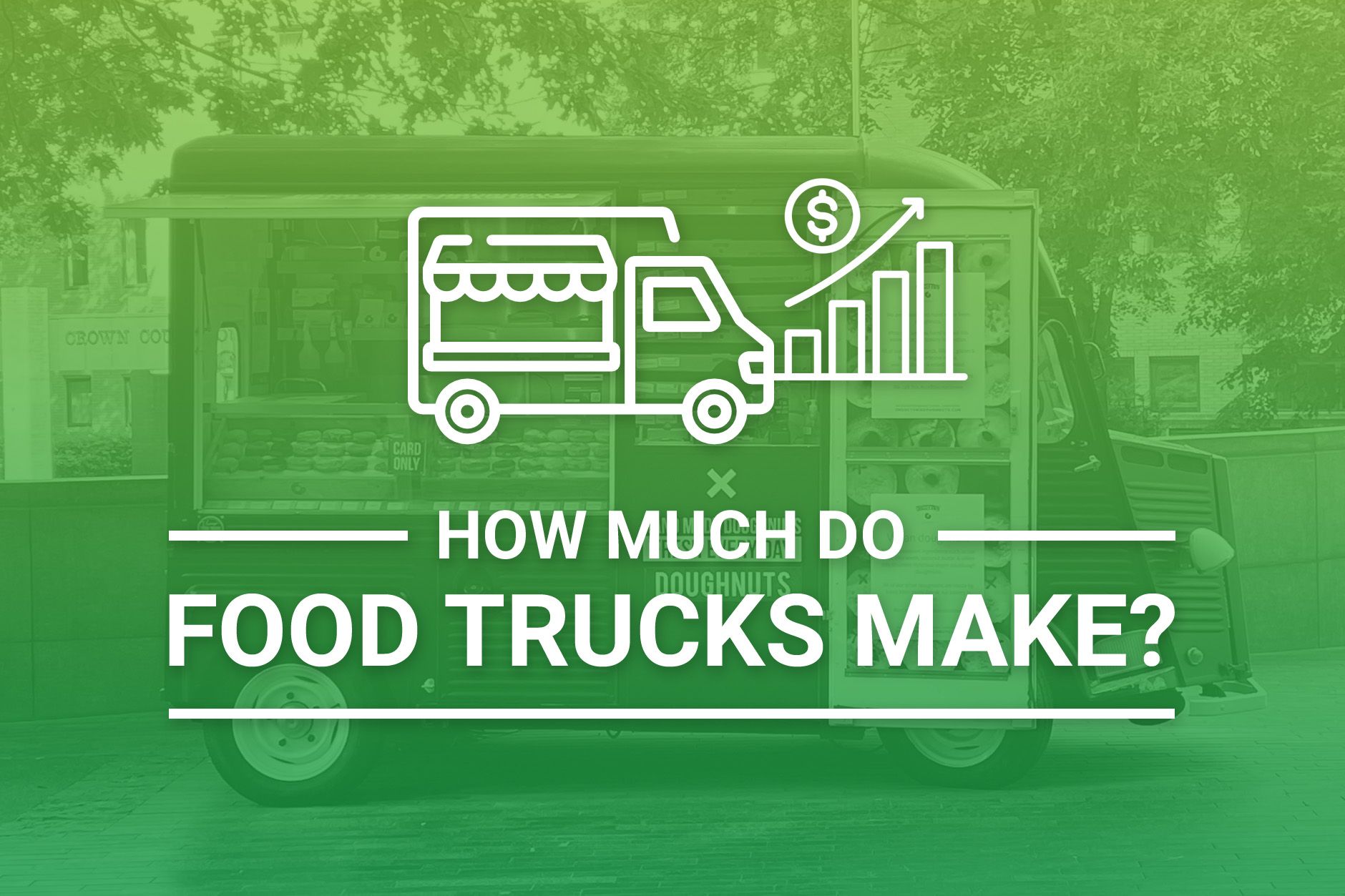When you run a restaurant, you have to keep an eye on every last dollar. For most restaurant owners, this involves closely tracking spending, sales, labor costs, and more. One of the most important factors to watch if you want to be profitable is food waste.
According to Restaurant Hospitality, food waste costs restaurants an average of $25 billion each year. Taking steps to prevent food waste can cut a restaurant’s costs by as much as 2 to 6%. In an industry with tight profit margins, slashing expenses by that much can be huge.
At Budget Branders, we know how challenging it can be to stay in the black as a small or medium sized business. That’s why we have come up with 19 creative ideas for reducing food waste in your restaurant. Read on to learn more – and then give us a call for a quote on custom branded disposable products to take your restaurant marketing to the next level.
Sources of Restaurant Food Waste
Each year, U.S. restaurants generate 22 to 33 billion pounds of food waste. Some of this waste – 4 to 10% – happens before the food even gets onto customers’ plates. This often occurs to issues like spoiled or expired food and mistakes in the kitchen.
A lot of restaurant food waste can also be attributed to management decisions like oversized portions, extensive menu choices, and buffets. One study found that diners leave 17% of their meals uneaten due to ever-growing portion sizes. 55% of leftovers that could be taken home by diners are left behind at the restaurant.
No matter what the source of food waste is in your restaurant, there is no question that it cuts into your bottom line. Food waste also has a big impact on the environment. For these reasons, learning how to reduce food waste is a great choice for any restaurant owner.
How to Limit Food Waste
If you want to increase profitability and improve your environmental footprint, taking a hard look at food waste is a good place to start. Below, we list 19 ways that you can reduce – or even end – excess food waste in your establishment.
Figure Out Where Food Is Being Wasted
If you want to solve a problem in your life, the first step is always to figure out what is causing it. For example, if you notice that you have been gaining weight, it’s a good idea to step back and see what may have changed in your life. That way, you can get at the root of the problem instead of trying things that may or may not be effective.
The same is true for restaurant food waste. Conducting a food waste audit isn’t fun – but it is the best way to get an in-depth look at exactly what is being thrown away in your restaurant.
The process involves going through your trash every day for one week. Before a trash bag gets thrown into the dumpster, you or someone on your stuff should open up the bag and sort through it. Place each item into a category – like produce, paper products or meat – and then weigh it. Record the weight of each category in a spreadsheet.
After a week, you’ll have enough data to extrapolate your food waste for the year. You may be shocked to learn exactly how much you’re throwing away.
You can use this information to figure out where waste is occurring. For example, if you notice a lot of a certain menu item in your trash, then you might recalibrate your menu to eliminate unpopular dishes. Similarly, if you spot heavy trimmings from meat and produce, you might work with your staff on how to prep foods to minimize waste.
Keep a Log of Food Waste
Doing a waste audit can be time-consuming. Going forward, keeping a waste journal can help you track food waste to get a better ongoing idea of what you’re throwing away and why.
A food waste log can be as simple as having a clipboard next to or above the kitchen trash can. Before staff throws something away, they can log it on the sheet with a description, date, and reason. For example, if your chef tosses a box of fish into the trash, they might note that it had spoiled – which gives you the opportunity to determine if it is a product quality issue to address with the vendor, or an improper food storage issue to talk about with your staff.
Forecast Demand More Accurately
For many restaurants, one of the biggest areas of food waste comes from over preparing food. No one wants to run out of a menu item, or to keep customers waiting while your team makes something that would normally come out quickly – like house-made salsa for the table. But if you prepare more of a particular food than what you need, you’ll end up throwing it out in accordance with food safety regulations.
The waste log should tell you if prepared foods are being tossed out on a regular basis. Combined with insight from your restaurant reports, this data can be used to better forecast demand so that you can stop over-prepping food.
Train Your Staff
Another big source of food waste is poorly-trained staff. Whether your servers are getting orders wrong or your prep cooks are using poor cutting techniques, a lack of training can lead to a lot of food waste. Take some time to focus on training your staff on areas directly related to food waste – like improper food storage.
Use Proper Food Storage Methods
Restaurant inventory can be expensive – and a lot of it is perishable. If you want to cut food waste, one of the best ways to do so is by making sure that all of your food items are stored in an appropriate container and kept at the proper temperature. Make sure that your inventory is labeled with an expiration date so that your staff knows what to use, and when to use it.
Monitor Your Equipment
When foods aren’t stored at the proper temperature, they will go bad more quickly. Do regular checks of your equipment – including refrigerators, freezers, steam tables and holding cabinets – to make sure that they’re keeping your food at safe temps. This way, you won’t have to throw out ingredients or prepared food due to food safety or spoliation issues.
Use the FIFO Method
The First In, First Out (FIFO) is the gold standard for inventory for a reason: it works. Using it is pretty simple – just organize and rotate your perishable inventory so that the items that you received first are used first. While it can take a little longer to unload shipments using this method, any increased labor costs will be more than offset by reduced food waste expenses.
Inspect Deliveries
Ideally, you are ordering food in the amount that you need for the upcoming week. If a vendor sends too much of a particular product or sends subpar or damaged products, it can increase food waste. Take the time to carefully inspect every food delivery that comes into your restaurant to make sure that it conforms to order specifications in terms of quantity and quality.
Track Inventory Regularly
For better or for worse, owning a restaurant means doing a lot of math. Fortunately, there are software programs that can help you do a lot of the work – like tracking inventory.
Take advantage of these programs and applications to calculate the number of days you hold inventory before you sell it, or inventory days on hand (DOH). If a particular item of food has a higher DOH number, that’s a sign that it isn’t popular – and you may need to tweak the recipe or take it off of your menu.
Use Technology to Your Advantage
As noted above, restaurant software can be incredibly helpful for tracking inventory. It can also help you reduce waste in a number of other ways – such as by calculating food cost percentage and eliminating ticketing errors. Running restaurant reports can help you calculate food cost percentage, reduce over-buying, and even cut back on portion sizes to eliminate food waste.
Get Creative with Your Menu
Do you have any inventory that you only use in one dish? If so, consider retooling your menu or adding new dishes to the menu can help you reduce food waste. Finding different ways to use a food item in a variety of dishes can be a great way to ensure that you aren’t throwing out excess inventory.
For example, if you are using pears in a seasonal salad, you might find that you are throwing out a lot of pears because you have to order them in bulk. Ask your chef to look for savory recipes or desserts that can incorporate pears so that you get your money’s worth for the inventory that you buy.
Plan Your Menu Seasonally
When a particular food is in season, it is often less expensive than it is at other times of the year. It is also less likely to spoil quickly when it is in season. In this way, planning your menu based on what is in season can save you money in two ways – lower food costs and less food waste!
Run Specials
No matter how well you plan ahead, we all have times when we over-order inventory. Maybe there was a winter storm that kept customers home for a few days, or perhaps a new COVID-19 variant caused more people to avoid eating out. Whatever the case may be, you don’t have to resign yourself to throwing out excess inventory.
Instead, come up with specials to move perishable food items when you have too much of something. For example, if you bought too many avocados to use for avocado toast but had a slow breakfast week, consider having a Taco Tuesday special – complete with homemade guacamole.
Rethink Portion Sizes
It is increasingly common for restaurants to serve gargantuan portions – as anyone who has ever visited a Cheesecake Factory knows. But these portions aren’t necessarily what customers want, particularly when so many people are watching their weight.
When your portions are too big, a lot of food gets thrown in the trash. The easiest way to eliminate this problem is by cutting back on portion sizes. It may take some time for regulars to get used to smaller sizes – but it is a great way to minimize food waste.
Rewrite Menu Descriptions
When customers send food back to the kitchen, that food must be tossed in the trash. Of course, there will always be some customers who send food back – whether because they’re picky eaters or because your kitchen made a mistake. But you may be able to limit the number of times that this happens by managing customer expectations.
What does this mean? In short, customers should know what they’re getting when they read your menu. Take some time to rewrite the descriptions of the food on your menu so that patrons know exactly what they are ordering – making it less likely that they’ll send a meal back.
Encourage Customers to Take a To-Go Bag
When a diner doesn’t finish their meal at your restaurant, they might just leave it behind – where it’ll get thrown away in your kitchen. If you want to reduce this type of food waste, encourage patrons to take their food home with them. Having branded paper bags and other disposable take-out products on hand will make it easy for customers to take their food with them, instead of having it go into the trash.
Monitor the Popularity of Each Dish
As a restaurant owner, you should know what is selling and what isn’t. If you find that a particular menu item isn’t popular anymore, consider eliminating it from your menu. If you’re worried that taking a dish off the menu will alienate customers, simply order less of the ingredients needed to make it so that you’ll be throwing less away each week.
Check in with Staff about Priorities
If reducing food waste is your goal, you will need your employees on the same page. During staff meetings, emphasize what you are trying to do and why – and ask them to help. Getting everyone on the same team is a great way to make sure that your employees are motivated to make the little changes every day that add up to a big difference.
Offer Staff Meals
Staff meals are a great benefit for employees, and offer a good opportunity for bonding. They can also be a really great way to reduce food waste. While this may not increase your profits, it will mean that you aren’t throwing food in the garbage – which is a huge win. At the same time, your employees will be more inclined to work with you in other ways to reduce food waste when you treat them well and show them you are serious about this goal.
Want to Boost Profitability? We’re Here to Help.
Reducing food waste is just one way that you can make sure that your restaurant is financially successful. Increasing your marketing can bring in new customers and keep your business top of mind for existing patrons. Budget Branders can help you optimize your marketing efforts through custom printed disposable products.
Our team can put your logo on coffee sleeves, dessert cups, custom paper bags, and more – all available in quantities and at prices that make sense for independently-owned restaurants. We’ll work with you to make sure that you get exactly what you need for your restaurant. To request a quote or to learn more, click the “live chat” button on the bottom right of your screen, or fill out our online contact form.
